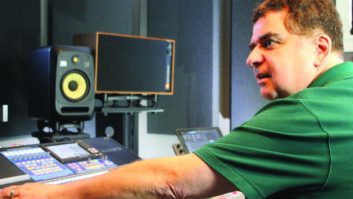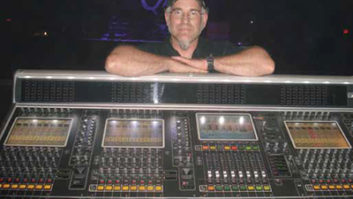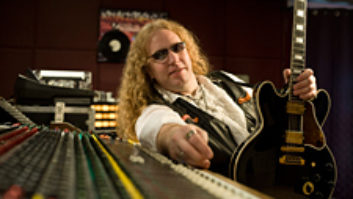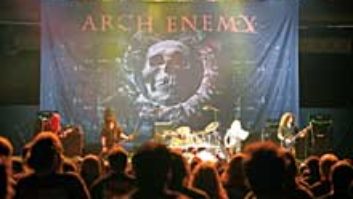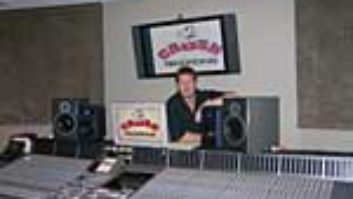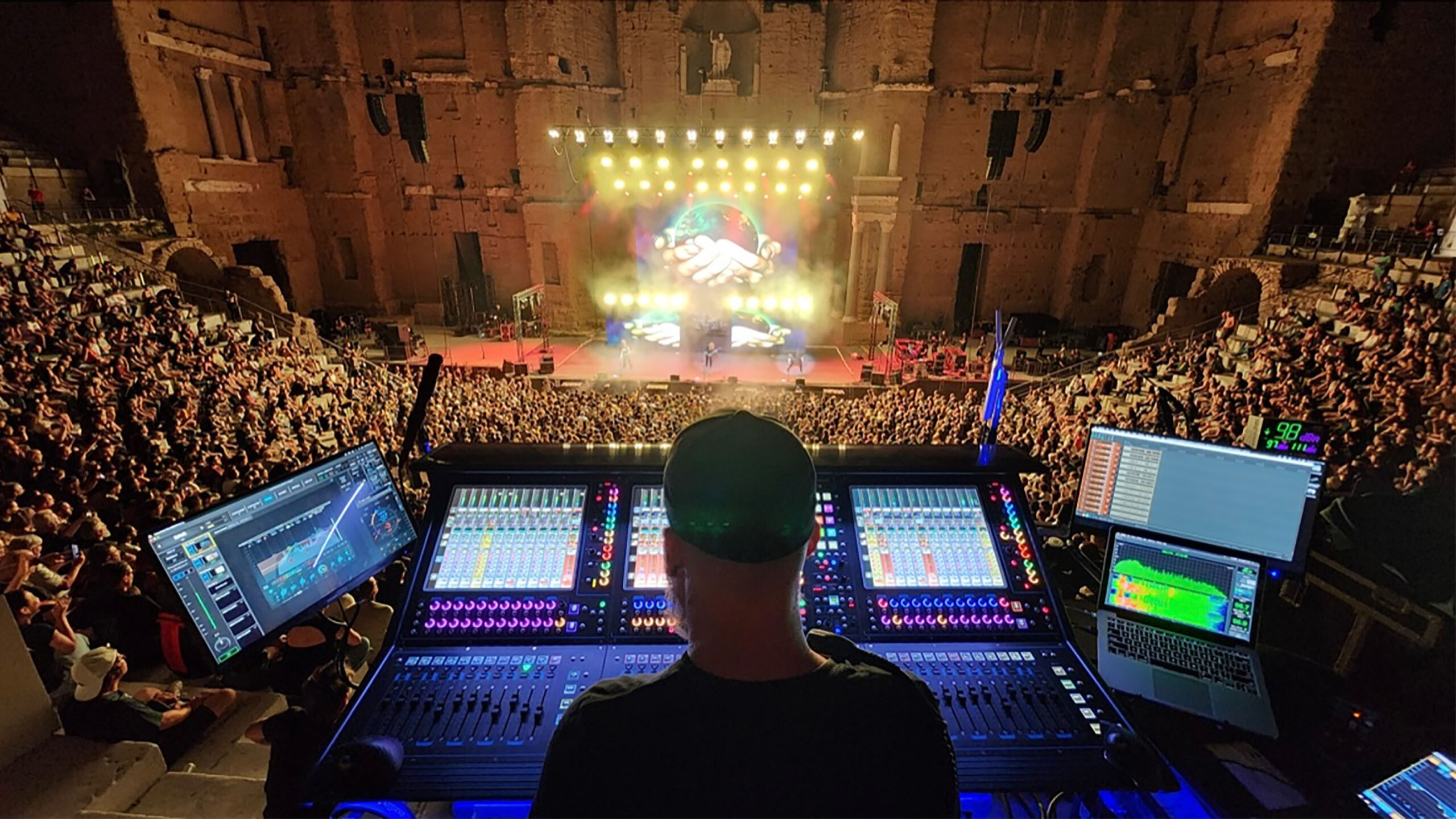
New York, NY (December 1, 2023)—Things are ever-changing when it comes to metal maestros Megadeth; the latest is that guitarist Kiko Loureiro’s leave of absence has been extended into 2024, in turn extending Finnish guitarist Teemu Mäntysaari’s new tenure with the group. One thing that doesn’t change, however, is the presence of FOH engineer Stanley Soares (known for his work with Sepultura, Devin Townsend, Motörhead, and Meshuggah) and producer/monitor engineer Chris Rakestraw (who produced/engineered the last two Megadeth albums) at the consoles when the hard-touring group plays live.
Soares’ current setup when mixing Megadeth includes a DiGiCo Quantum 338 in conjunction with Waves SuperRack, Waves’ Mercury, the Studio Classics Collection and Abbey Road Collection bundles, all powered by two Waves Extreme SoundGrid Servers. His setup involves three dedicated computers: the first hosts Waves SuperRack, the second manages recordings and virtual soundcheck through a DiGiGrid MGB interface, and the third handles Smaart and walk-in music duties.
“The Waves integration provides a clean and efficient workflow, allowing me to keep focus on the mix,” Soares says. “Several plug-ins are my go-to’s. I consider the F6 Floating-Band Dynamic EQ as the ‘The Swiss Army Knife’ of plug-ins. I’m a huge fan of dynamic EQs and the F6, with its real-time analyzer, is a perfect fit for many of my applications, not to mention that it’s zero latency. I apply it on my snare bus, for instance, to expand 4-5 kHz range at every hit, adding a crisp top-end bite to the snare tone without introducing excessive hi-hat bleed.”
He continues, “Another favorite is Trans-X, which works wonders for percussive instruments. It’s my go-to for achieving a punchy kick and snare drum in my mix. The SSL-E Channel and SSL G-Master Bus Compressor hold a special place for me: they bring me back to my studio times when I used to work on a SSL console.
Exclusive: Inside The Audio of Blackpink’s ‘Born Pink Encore’ Tour
Over at monitors, Chris Rakestraw uses an Avid S6L with a couple Waves Titan-R SoundGrid Servers, Waves SoundGrid Rack for Venue and Waves’ Mercury, Studio Classics Collection and Abbey Road Collection bundles.
Like Soares, Rakestraw favors the F6 dynamic EQ: “F6 is number one on my plug-in list…. I keep a pretty aggressive band for plosives, then a band for lows around 150-200 Hz, and a mud band around 300-500 Hz. [Megadeth singer] Dave Mustaine has what I would consider ‘many voices’ in his vocal range, so this helps navigate all of his different tones. I can’t really see mixing any vocalist without this plug-in. I never keep the same setting, since I make slight adjustments every night, depending on what’s happening with Dave’s voice. Touring can be really hard on singers, as there are good nights and bad nights, and the F6 helps me navigate changes in vocal tone/quality.”
“I also use the CLA-2A Compressor/Limiter on Dave’s vocals.” he adds, “I have to be pretty sparing with compression, otherwise the compressor just pulls in garbage ambience from the venue, but I just like the way this compressor sounds. I’d be surprised if I ever pass 2 dB of reduction with this, but I notice when I remove it. And it is just two knobs, which means you can’t screw it up.”
He adds, “I’m kind of embarrassed to admit that I use the JJP Bass plug-in, because it feels like ripping off another engineer [laughs], but I love it on Bass DI and the Bass amp. I’ve never met Jack Joseph Puig, but I do appreciate his plug-in. It can help make a basic-sounding bass DI into a more useful shaped sound. The ‘Attack’ slider does great things, and the ‘Presence’ slider handles the high end in a very useful manner. The CLA-3A Compressor/Limiter is my first in-line compressor for bass. This is normally the first plug-in in my chain for both bass DI, and amp.”
